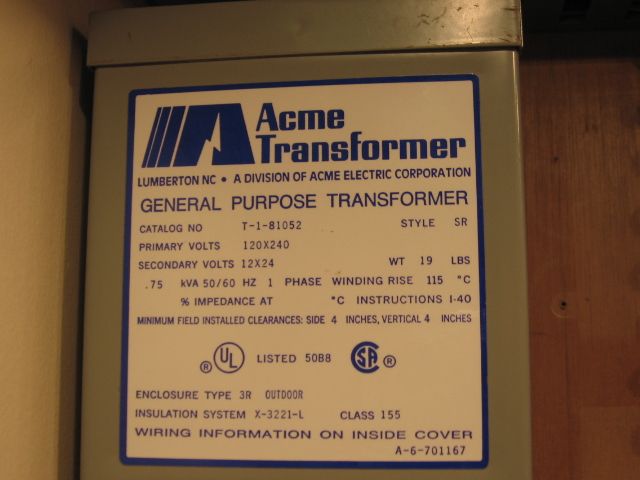I have the AC-DC buck converters and would like an AC-AC buck converter if it exists. Would use it to lower 18 -20 volts AC down to 15 -16 volts AC.
I run accessories off of an MTH Z-4000 Transformer feeding an MTH wiring terminal block with various leads going to different accessories from that common block.
On one lead off that terminal block I have some buildings with blinking signs that need only 15- 16 volts to run. MTH recommends not exceeding 17 volts on the blinking signs. Other accessories on the same wiring terminal block operate better at higher voltages such as the Lionel Bubbling Oil field, etc.
I've tried using regulated DC voltage on that one line using the AC-DC Buck converter but the flashing signs don't seem to like DC.
Perhaps a resistor in the line would do it but I haven't got a clue how to do that.
Any help appreciated. Thanks, Joe




















